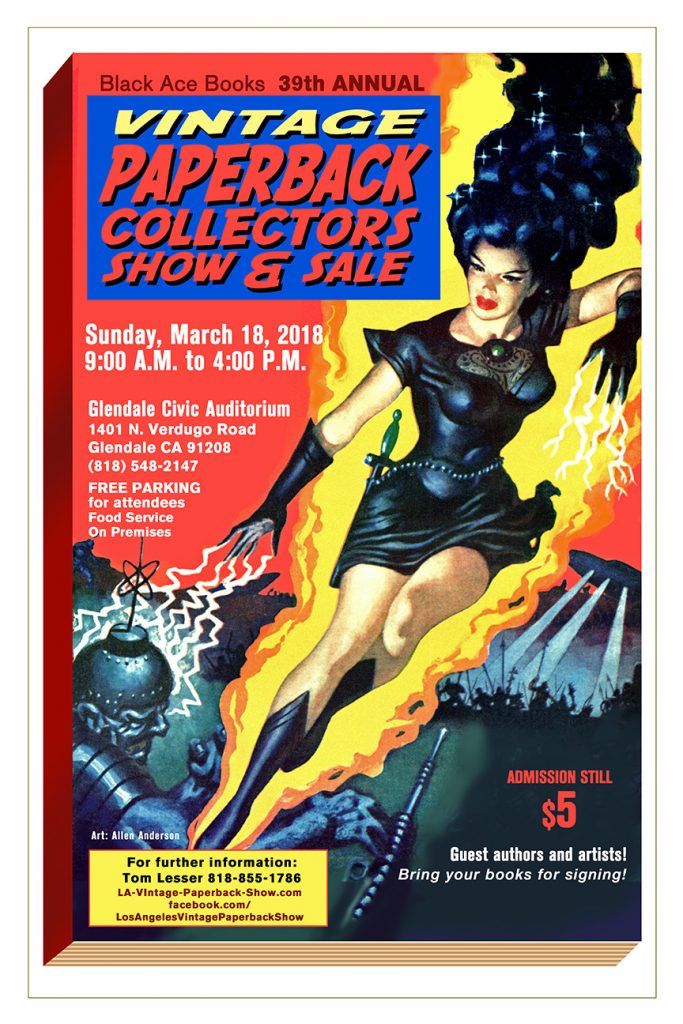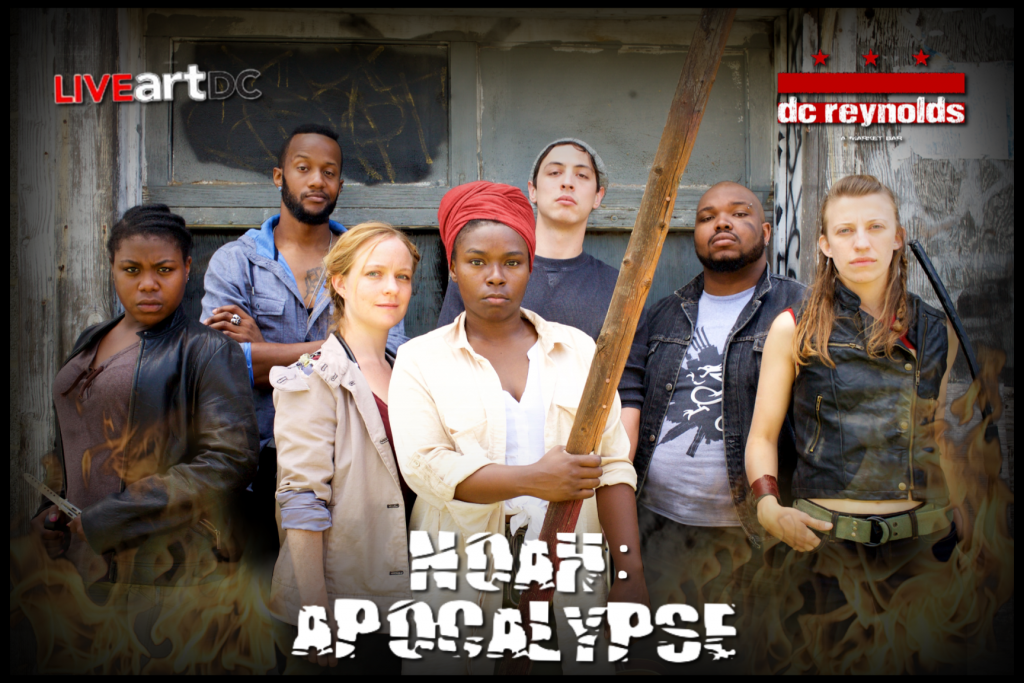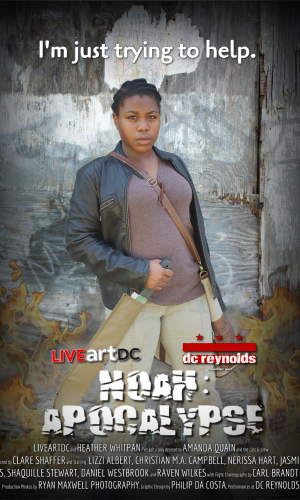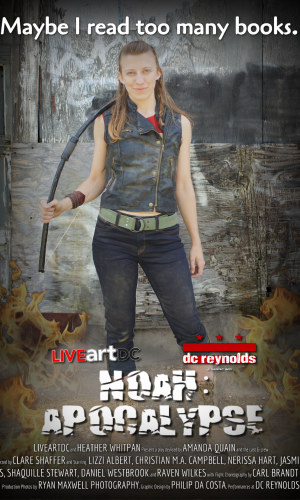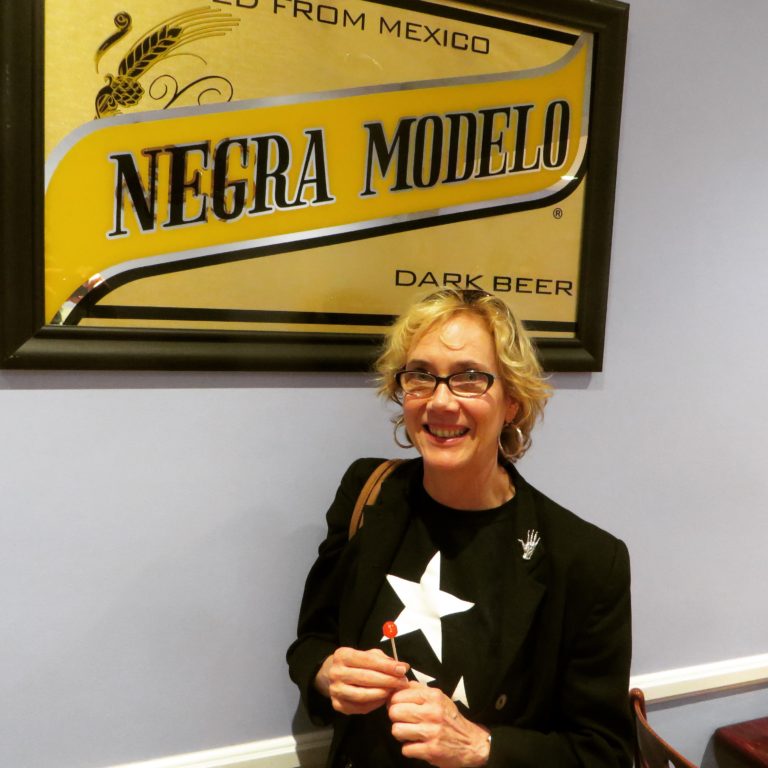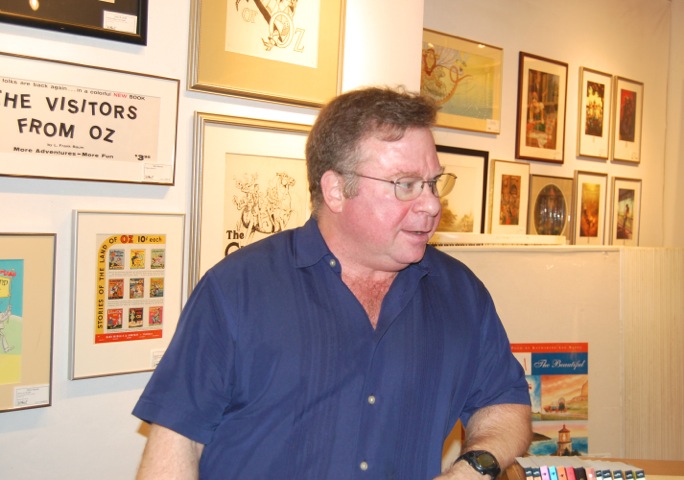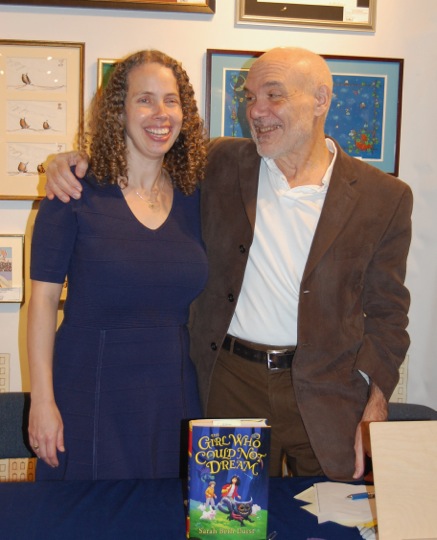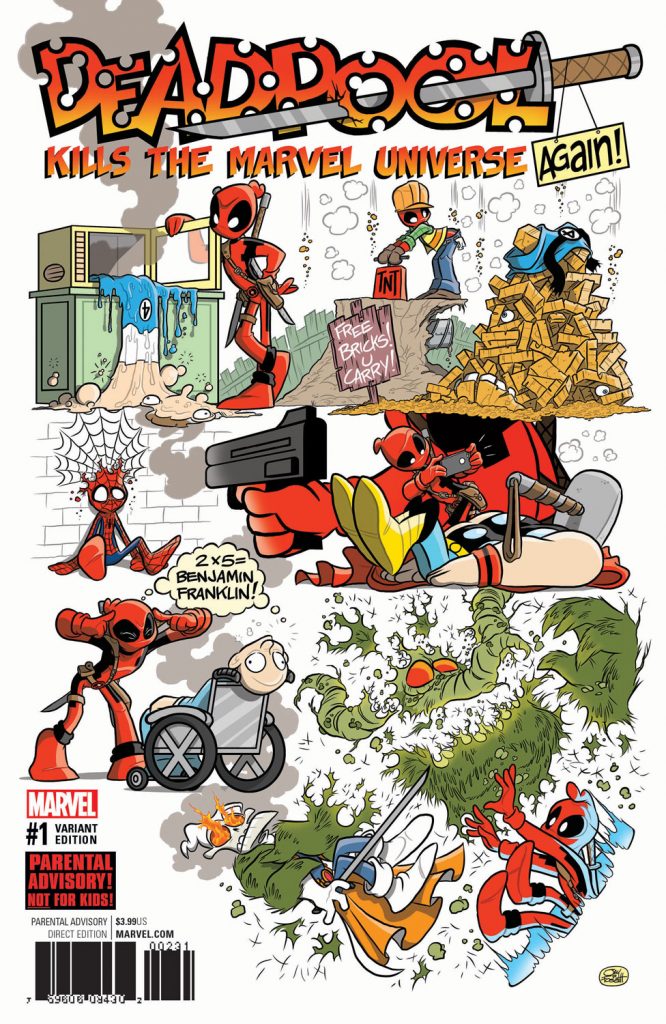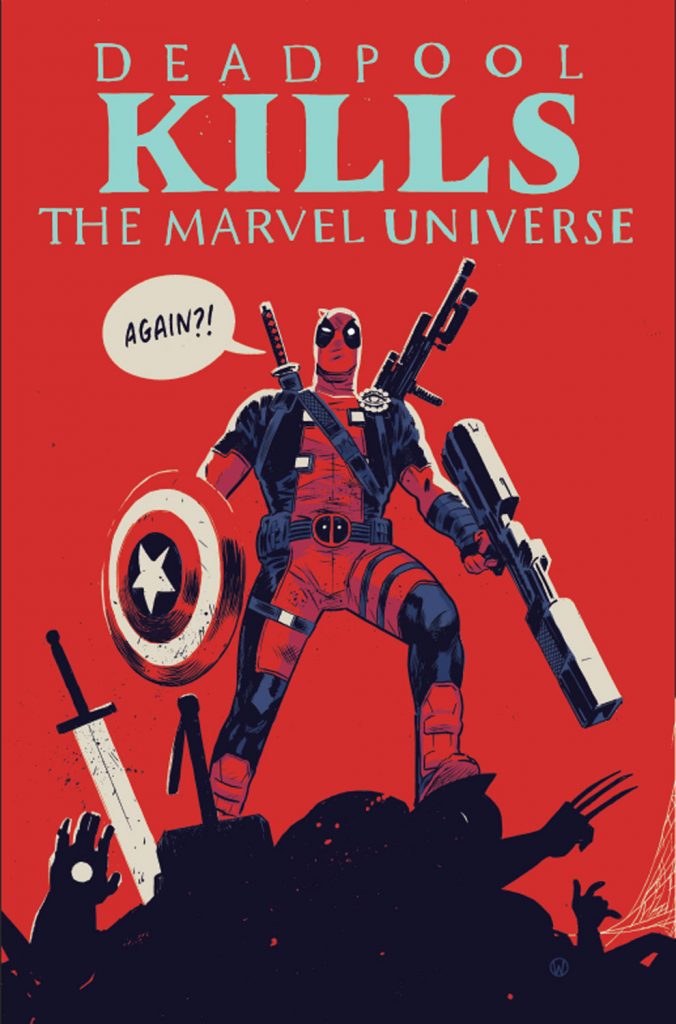(1) WORLDCON 76 MEMBERSHIPS SPONSORED FOR MEXICANX FANS, CREATORS. Artist John Picacio, a Worldcon 76 guest of honor, and John Scalzi, are funding four memberships —
GOOD NEWS: As Artist GoH of @worldcon2018, I'm pleased to share that this Monday, January 29th I'll be awarding a Worldcon attending membership to four #Mexicanx. Hugo Award-winning author / International Badass @scalzi and I are each sponsoring two. 1/6 pic.twitter.com/w8mIlEaTCI
— John Picacio (On Deadline Hiatus) (@JohnPicacio) January 25, 2018
Two #Mexicanx professional sf/f artists or writers AND two Mexicanx sf/f fans will each receive a membership. Who decides the recipients? ME. Mr. Scalzi says I should make the decisions, and so I will. 🙂 2/6
— John Picacio (On Deadline Hiatus) (@JohnPicacio) January 25, 2018
Want to be considered? Post a reply here or email me. Answer this: "Why do you want to attend this Worldcon?" I'll review your submissions and make my decisions. Don't craft an epic, but just make it you. Make it from the heart. 3/6
— John Picacio (On Deadline Hiatus) (@JohnPicacio) January 25, 2018
Fair warning: in some cases, it may be necessary to have a followup phone chat this weekend. Maybe, maybe not….we'll see how this goes. This business, this field, this life is about relationships. It's about your stories and your dreams. 4/6
— John Picacio (On Deadline Hiatus) (@JohnPicacio) January 25, 2018
I'm doing this because our world needs more #Mexicanx stories, more #Mexicanx sf/f pros and fans, and more #DREAMers. To own our future, we *must* own our narratives, lest we continue to be villainized, abused, and butchered. 5/6
— John Picacio (On Deadline Hiatus) (@JohnPicacio) January 25, 2018
It's time. Represent, gente. I believe in you. #InLoteriaWeTrust #DREAMersAreAmericans 6/6 @worldcon2018 @diversebooks @sffpocartists @comosedicenerd
— John Picacio (On Deadline Hiatus) (@JohnPicacio) January 25, 2018
John Scalzi, who will fund a pair of the memberships, also publicized the announcement on Whatever: “John Picacio Offering Worldcon Memberships to Mexicanx Fans and Creators”.
(2) COMMEMORATION. Naomi Novik was asked by the New York Times to write an appreciation of Ursula K. LeGuin. She responded with a poem — “For Ursula” – which begins:
I want to tell you something true
Because that’s what she did.
I want to take you down a road she built, only I don’t want to follow it to the end.
I want to step off the edge and go into the underbrush
Clearing another way, because that’s also what she taught
Not how to repave her road but how to lay another
Even if it meant the grass came through the cracks of the pavement, and the thicket ate it up.
(3) DID YOU REMEMBER? Philip K. Dick and Ursula K. Le Guin were at Berkeley High School at the same time in 1947. However, it spoils the story to add that they didn’t know each other…. See “When Ursula K. Le Guin & Philip K. Dick Went to High School Together” at Open Culture from 2016.
(4) OF ACE BOOPS. Doctor Strangemind’s Kim Huett draws this great anecdote from the pages of a classic Australian fanzine — “Ursula Le Guin & Her Elusive Hugo!”.
And now for my favourite Ursula Le Guin letter, one which highlights the two things I like best in an author, a lack of pretentiousness and a sense of humour. The following letter appeared in Philosophical Gas #2, published by John Bangsund in October 1970. The Hugo in question was awarded to Ursula for The Left Hand of Darkness at Heicon ’70, the worldcon held in Heidelberg, Germany in August of 1970. I assume the rocket was accepted on Ursula’s behalf by Terry Carr of Ace Books (which would explain a lot).
(5) SFWA AFFIRMED. Jennifer Brozek on “SFWA and its Community”:
Last night, I went to the SFWA Reading to see my friends Josh Vogt, Greg Bear, and Tod McCoy read. I realized something: I’d missed my SFWA community. These are people I only see at conventions and SFWA events. I’d been so busy with my own stuff lately, and needed some distance from the organization after I stepped down as a Director-At-Large, that I’d pulled away too much. That was the wrong approach, but I suppose it was one I needed at the time.
It’s hard to express just how good it feels to be in a room full of like-minded people who all understand why losing one of the greats like Ursula K. Le Guin is such a tragedy or why naming Peter S. Beagle as SFWA’s newest Grand Master is such a joy. So many of the people I met up with last night are at various points in their writing careers. It was like looking at my past, present, and future writing self. They all understood the language of the writing professional and the publishing industry. It felt like coming home. It felt like family.
Recently, SFWA has had to deal with some tough issues. All of them center around protecting its membership at large. I know, intimately, what they’ve been going through—all the time spent, the discussions had, the decisions made—and I’m proud of the Board. I think, with the evidence they had on hand, they did the only thing they could do to protect the SFWA organization and the community they’ve built.
(6) MORE ON COMMUNITY. SFWA President Cat Rambo tweeted —
I logged on this morning to find out Sarah Craft made a point of making that first thread in there a celebration of Ursula K. LeGuin, and it's so sweet that I finally let myself cry about this terrible loss.
— Cat Rambo (@Catrambo) January 24, 2018
(7) RETURN OF THE SHADOW CLARKE JURY. CSFF Anglia has empaneled a new Shadow Clarke Jury for 2018 — Gary K. Wolfe, Alasdair Stuart, Maureen Kincaid Speller, Nick Hubble, Samira Nadkarni, and Foz Meadows. (Speller and Hubble are the only returning Sharkes.)
Dr. Helen Marshall, General Director of the Centre for Science Fiction and Fantasy says in “And Now for a Word from our Hosts” —
The Arthur C. Clarke Award has long been an excellent point of reference for taking stock of the changes in the field. It has a deliberately loose mandate to identify the “best” science fiction book of the year, acknowledging that the definition of “best” must be decided by a changing pool of jurors on an annual basis. The Clarke shortlist and the eventual winner showcase the work that has been done in the field, providing an intriguing snapshot of a field in flux. Since its inception the award has been at the heart of a robust critical discussion which interrogates the centre of the genre, its heartland, as well as the margins, where the genre pushes outward. This is why we’ve chosen the Clarke Award submissions list as a starting point for our discussions, and why we return to their shortlist in our discussions.
…What a shadow jury might do, then, is bring these debates into sharper focus. We believe the criticism is valuable, and that detailed, provocative, and respectful criticism enhances our understanding of the text and the cultures which produced it. This form of criticism is not intended to serve the needs of marketers or publicists but those of readers and writers. It aims not only to make visible but also to illuminate and contextualise.
Shadow Clarke juror Maureen Kincaid Speller’s manifesto for the return engagement, “You’re Never Alone with a Critic – Shadowing the Clarke Award, 2018”, says in part —
Here’s the thing – a critic’s job is not to provide plot synopses, nor is it to tell you whether or not you’ll like a novel. It is definitely not a critic’s job to act as an unpaid publicity agent. A critic’s job is to look at the fiction itself, and to have a view about it. Critics write about all sorts of things. They think about where a text sits in relation to other works of sf, they explore themes, tease out aesthetic similarities and differences; they consider what a novel says about the world at large, and, yes, they make judgement based on their experience as informed readers. Which is, if you think about it, exactly the same kind of work as that carried out by an award jury.
Which makes it all the more puzzling that criticism per se has become so frowned upon in the last few years. Is it just that people don’t want to admit this is what is going on behind the scenes? Is it because the word ‘criticism’ carries two meanings, one analytical, the other disapproving? We couldn’t tell but we were fascinated by this pushback against the Shadow Clarke project and decided we needed to explore it further. So, we have decided to run the project for a second year, and this time, rather than simply focusing on the Clarke Award, we’re taking the opportunity to use the shortlisting process as a springboard to exploring the business of criticism more broadly, because we continue to believe that critical analysis has a vital role to play when it comes to talking about science fiction.
(8) STRONG ATTACHMENT. Live Science reports the discovery of a “1.7-Billion-Year-Old Chunk of North America Found Sticking to Australia”.
Geologists matching rocks from opposite sides of the globe have found that part of Australia was once attached to North America 1.7 billion years ago.
Researchers from Curtin University in Australia examined rocks from the Georgetown region of northern Queensland. The rocks — sandstone sedimentary rocks that formed in a shallow sea — had signatures that were unknown in Australia but strongly resembled rocks that can be seen in present-day Canada.
Will this open the way for an Aussie Worldcon with adjacent NASFiC?
(9) WHO IS COMING. LA’s premiere Doctor Who convention takes place in three weeks, and the program has been posted: “Gallifrey One 2018 Schedule of Events Now Online”.
With great pleasure, Gallifrey One today is proud to announce the release of our Schedule of Events for our upcoming convention, The 29 Voyages of Gallifrey One in February. As in prior years, we are using the Sched online scheduling system for a seamless and easy-to-navigate program that can be used on your desktop or mobile device….
Full Screen (General Purpose) version
Fully viewable version, with custom views of events, searchable, plus panelist and guest listings
http://gallifreyone2018.sched.com
(10) TODAY IN HISTORY
- January 24, 1984 — Apple Computer, Inc. introduced the Macintosh personal computer.
(11) COMICS SECTION.
- Cat Eldridge read the “Hawaii” installment of xkcd and sent the link, explaining “And no I don’t remember new passwords which is why this one was cutting for me.”
- John King Tarpinian saw Ziggy is worried about an overheard conversation.
(12) RON ELLIK AND THE RONVENTION (1962). Although I never met LASFS member Ron Ellik, who died before I ever joined the club, he was a well-known newzine editor (Starspinkle) and influence on Bruce Pelz, who kept his friend’s name alive in the title of his annual wine and cheese party that I attended for years. Now Rob Hansen gives us new reasons to remember him —
This year’s Eastercon is being held in Harrogate for the first time in more than half a century. Known as the RONVENTION, that earlier one was organised by Ron Bennett and attended by TAFF-winner Ron Ellik, hence the name. At the January first-Thursday pub meeting here in London, Eastercon committee and staff persons Mark Plummer and Caroline Mullan asked me if I could add a section on the RONVENTION to my website that they could link to. Since this was one of those I’d always intended to get around to I was happy to oblige. I drew mainly from conreports by James White and the two Rons when putting it together: “Ronvention, the 1962 Eastercon”.
I’m uploading this earlier than originally intended because of something I realised after I started work on it, namely that tomorrow, 25th January, is the fiftieth anniversary of Ron Ellik’s death at the tragically young age of 30. So I’m publishing it today in memory of him.
Weird to think that when Ron died, Martin Luther King and Robert Kennedy were still alive, the Beatles were still together, and astronauts had yet to leave Earth orbit and strike out for the moon.
(13) OSCAR ISSUE. The Washington Post’s Cindy Boren, in “Kobe Bryant’s Oscar nod rings awkward in a year Hollywood is hyper-focused on sexual assault”, says Dear Basketball, an Oscar nominee for Best Animated Short Film, may be in trouble because, despite its John Williams score and Glen Keane animation, it features Kobe Bryant, who settled a sexual assault case in 2003 for a substantial sum in an out-of-court settlement.
(14) WOEBEGONE. The MPR News (Minnesota Public Radio) post “Investigation: For some who lived in it, Keillor’s world wasn’t funny” has more information on the firing of Garrison Keillor. Several incidents are described at the link.
For weeks, Minnesota Public Radio refused MPR News’ repeated requests to comment on the company’s separation from Keillor. But as negotiations with Keillor’s company stalled and pressure from news organizations mounted, Jon McTaggart, president and CEO of MPR and American Public Media Group, broke his silence.
In an interview with MPR News Tuesday afternoon, he said the company’s separation of business interests from Keillor came after it received allegations of “dozens” of sexually inappropriate incidents involving Keillor and a woman who worked for him on A Prairie Home Companion. He said the allegations included requests for sexual contact and descriptions of unwanted sexual touching.
McTaggart, who after the interview with MPR News sent an email to MPR listeners and members further explaining the separation from Keillor, says cutting Keillor off was the most painful decision he’s made as CEO. But in-house and external investigations into the matter bore details he could not ignore.
“When we reached a point that from all sources we had sufficient confidence in facts that really required us to act, we took the action we did,” he said. “It was the right thing to do. It was the necessary thing to do, and we stand by it.”
Since the firing, Prairie Home Companion has been renamed Live From Here.
(15) WHAT FATE. Charles McNulty ponders “As artists fall into disgrace, must their art be consigned to oblivion?” at the Los Angeles Times.
The cavalier way men have systemically abused their power over women in and around the workplace warrants little leniency. But a more slippery question has emerged in this me-too moment of cultural reckoning: What to do with the works of artists whose conduct has been abhorrent?
In the growing gallery of alleged predators, there aren’t any artists I hold dear. James Toback’s films aren’t in my Netflix queue. I never mistook Kevin Spacey for one of the greats. And my admiration for James Levine’s conducting has been mostly of the dilettantish variety.
But inevitably a contemporary artist with whom I feel a special kinship will shatter my illusions about his or her character. I doubt that I will throw away the books or delete the recordings or swear off the films. I’m sure I’ll be disillusioned and quite possibly disgusted, but I know that an artist is not identical with his or her masterpieces and that few human beings can live up to their greatest achievements.
This is a theme that Marcel Proust returns to in his epic novel, “In Search of Lost Time” (more romantically known in English as “Remembrance of Things Past”). The narrator recalls a dinner party in which, as a young man, he meets his hero, the writer Bergotte. The young Marcel, intimidated to be seated among the important guests of the swanky Swanns, is struck immediately by the way Bergotte bears no physical resemblance to the man he had “slowly and painstakingly constructed … a drop at a time, like a stalactite, out of the limpid beauty of his books.”
More distressing to Marcel than Bergotte’s coarse appearance is “the busy and self-satisfied mentality … which had nothing in common with the type of mind that informed the books.” The narrator, a natural philosopher, begins to understand through this encounter that art is not contingent on the specific circumstances of an artist’s life.
(16) SF HISTORY. Michael Dirda, in “An expert’s guide to science fiction’s greatest — and neglected — works”, reviews the companion volume to A Conversation larger than the Universe, an exhibit on view at The Grolier Club in New York City from January 25 through March 10 (see the January 19 Pixel Scroll, item 7).
Being well-read both inside and outside the genre, Wessells contends that the first major work of alternate history was a 1931 collection of essays, edited by J.C. Squire, titled “If It Had Happened Otherwise.” Its fanciful “lapses into imaginary history” include “If Lee Had Not Won the Battle of Gettysburg,” by none other than Winston Churchill. Wessells also lingers over one of the most chilling dystopian novels of the 20th century, “Swastika Night,” written by Katharine Burdekin under the pen name Murray Constantine. Drafted in 1936 and published in 1937, it projects a Nazified far-future Europe where Hitler is worshiped as an Aryan god and women are kept in pens as breeding animals. (For more about this remarkable book, I recommend Daphne Patai’s excellent Feminist Press edition or the Gollancz SF Masterworks paperback, for which I wrote a short introduction.)
(17) A COMFORTING DOOM. Jill Lepore’s “A Golden Age for Dystopian Fiction” in the June 5-12 New Yorker last summer, is an essay-review of several dystopian novels, including Cory Doctorow’s Walkaway and Ben H. Winters’s Underground Airlines. Martin Morse Wooster flagged up its quotable last paragraph:
Dystopia used to be a fiction of resistance; it’s become a fiction of submission, the fiction of an untrusting, lonely, and sullen twenty-first century, the fiction of fake news and infowars, the fiction of helplessness and hopelessness. It cannot imagine a better future, and it doesn’t ask anyone to bother to make one. It nurses grievances and indulges resentments; it doesn’t call for courage; it finds that cowardice suffices. Its only admonition is: Despair more. It appeals to both the left and the right, because, in the end, it requires so little by way of literary, political, or moral imagination, asking only that you enjoy the company of people whose fear of the future aligns comfortably with your own. Left or right, the radical pessimism of an unremitting dystopianism has itself contributed to the unravelling ot the liberal state and the weakening of a commitment to political pluralism. ‘This isn’t a story about war,’ (Omar) El Akkad writes in American War. ‘It’s about ruin.’ A story about ruin can be beautiful. Wreckage is romantic. But a politics of ruin is doomed.
(18) UP IN THE AIR. Maybe we’ll get them after all? “Degree in ‘flying car’ engineering offered online”.
The online course is being offered by Silicon Valley e-learning school Udacity and will begin in February.
It is the brainchild of former Stanford University professor Sebastian Thrun, who previously headed up Google’s self-driving car project, Waymo.
Prof Thrun is hoping to attract at least 10,000 applicants to what he is describing as a “nanodegree”.
A nanodegree, according to Udacity’s website, is an online certification that can be earned in six to 12 months, and aims to teach basic programming skills in various disciplines.
…Previously Udacity has offered a self-driving car course, which has attracted 50,000 applicants since 2016.
(19) KIDS PUT IT TOGETHER. “K’Nex builds toys rollercoaster you can ride in VR”. (Video) A little like those model railroad trains with the tiny camera on the front – only a lot faster.
Toy-maker K’Nex has designed a toy rollercoaster kit that children can assemble and then “ride” by wearing a virtual reality headset.
The BBC’s Rory Cellan-Jones tried it out at the Toy Fair 2018 exhibition in London.
(20) VOYAGE TO THE BOTTOM OF THE SEA. BBC reports “A submersible mission in Antarctic waters has revealed unique ecosystems so rare they deserve special protection, say scientists.” — “Antarctica’s Weddell Sea ‘deserves protected status'”.
The seabed investigation, co-ordinated by the campaign group Greenpeace, will help build the case for the creation of the world’s largest wildlife sanctuary.
Covering 1.8 million sq km, the marine reserve will be considered by Antarctic nations at a conference in October.
It would ban all fishing in a large part of the Weddell Sea.
… Along with the smaller creatures that live on the seafloor, the reserve would bring additional protection to larger animals such as leopard seals, orcas, humpback whales and penguins.
(21) WETTER RESISTANCE. The BBC’s Nicholas Barber argues “Why ‘The Shape of Water’ is the most relevant film of the year”.
All things considered, the savvy choice for best picture might be Guillermo Del Toro’s The Shape of Water, which has been nominated in a whopping 13 different categories. Admittedly, it’s yet another film with a male director, but it does have a female co-writer, Vanessa Taylor, and a female lead, Sally Hawkins, and it passes the Bechdel Test within minutes. If that weren’t enough, it has major black and gay characters, as well as a South American immigrant; true, he’s a half-human, half-newt South American immigrant, but that’s not the point. More diverse and inclusive than any of the other best picture nominees, the film doesn’t just rail against sexism, racism and homophobia, it argues that they are all symptoms of the same patriarchal disease – a disease which all voiceless and oppressed people should defeat together. In short, The Shape of Water is a lot more militant than the average magic-realist fable about a woman who fancies a fish-monster. What’s more, it’s even more topical now than when it premiered at the Venice Film Festival last August.
(22) WORKSHOP WISDOM. Cynthia Felice shared “Five things I learned at Clarion”. The first is:
- Writers who write naked or wearing only a fedora do not write any better than a writer who is fully dressed.
(23) TRAILER PARK TRASH. Cnet doesn’t want you to miss it — “Quentin Tarantino’s Star Trek gets a trashy parody trailer”.
Ever since news emerged that Quentin Tarantino, famous for films like “Pulp Fiction” and “Kill Bill,” had pitched a great idea for a Star Trek movie to film studio Paramount, we’ve been wondering what Tarantino Trek might look like.
We now have one possible answer in the form of “Star Trek: Voyage to Vengeance,” a fake trailer made up of moments from the original series.
The video comes from Nerdist and features a laundry list of some of the original series’ most cringe-worthy moments, including the space hippies and almost everyone Captain Kirk ever kissed.
[Thanks to John King Tarpinian, Cat Eldridge, JJ, Mark Hepworth, ULTRAGOTHA, Martin Morse Wooster, Michael J. Walsh, Carl Slaughter, Daniel Dern, David K.M. Klaus, and Andrew Porter for some of these stories. Title credit goes to File 770 contributing editor of the day Steve Davidson.]


